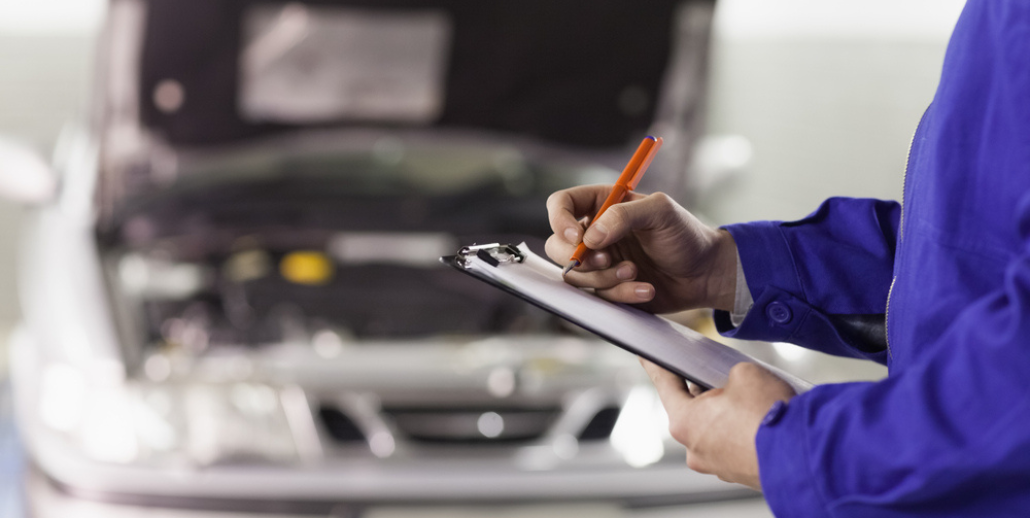When your vehicle has been involved in an accident, there is little doubt that its value will be reduced. Any accident that is serious enough to report will surely reduce the value to some extent. Even if you have it repaired and the shop does a flawless job, there will still be some reduction in your vehicle’s overall value. That being said, there are ways to reduce and minimize the depreciation of your vehicle’s value.
Don’t Try To Cover It Up
You might be thinking that you can simply refrain from reporting the accident to your insurance company or any other relevant parties. If you are talking about a very minor accident, concealing the accident might be possible, but it is hardly ethical. Besides, any reputable repair shop will make a record of the repairs. That record will become part of a Carfax report that anyone can obtain, and that isn’t the only way for a potential buyer to uncover your deception. A repair shop that doesn’t make such reports is likely not going to do a good job, so you really shouldn’t try to cover up a significant accident.
Get The Damage Repaired
The most obvious way to reduce the vehicle’s value loss is to get the issue fixed. More importantly, it needs to be fixed correctly. That means restoring your car to its pre-collision state. This is another good reason to avoid low-level repair shops. Yes, they will probably charge you less, but they cannot deliver the same quality of work. A competent repair job will not completely eliminate your car’s loss of value, but it will certainly reduce those losses significantly.
Make Sure They Use OEM Parts
As we said, you have to get your vehicle restored to its original state. Doing otherwise will probably reduce your car’s value, and will probably void the warranty. That means no aftermarket parts or used parts. Once again, remember that those service records can be checked by anyone who cares enough to look them up. Thus, if you use substandard parts or the wrong parts, you will be shooting yourself in the foot. You might save a few bucks in the short term, but you will greatly decrease the value of your car.
OEM stands for “Original Equipment Manufacturer,” and it is a label that is placed on machine parts of many sorts. Those three letters indicate that the part has been made by the manufacturer of the vehicle or someone they have licensed to produce parts. The OEM designation basically just means that you are getting a new part that is identical to the original one.
Consider Filing A Diminished Value Claim
Depending on the circumstances of your accident, you might be able to file a diminished value claim with your insurance company. This means that you will be compensated financially for your losses. So, let’s say your car was worth $8,000 before the accident, and then its value was reduced by half due to the damage. You would be able to recover that $4000 as a direct cash payment, but only if your claim is approved. So, even if you can’t necessarily stop your vehicle from depreciating in value, you can at least recoup your losses.
Every State Has Different Laws
There are laws that relate to these claims, and they vary from state to state. And so, the first thing you should do is look up the relevant laws for your state. This website might be a good place to begin. However, there are certain universal requirements. So, when should you file for a diminished value claim? Here are some things to consider:
- If you were judged to be at fault, you will not be able to file the claim
- Every state has a statute of limitations, and the claim must be filed within this period to be considered
- If your vehicle was damaged by a random mishap like a falling tree branch, you probably won’t be approved
- If your vehicle already had a lot of wear and tear, its value might be so low that the claim isn’t worth the trouble
- If the other driver did not have car insurance, it could make you ineligible for the claim
Research And Documentation
If you want your claim to be approved, it pays to have as much knowledge and documentation as possible. You will definitely want pictures of your vehicle, showing its condition both before and after the accident. For the “before” pictures, use the most recent pictures of your vehicle that you can find. A receipt from the purchase of your car will also be helpful, and you should also have your service records handy. This is why you should always keep service records, by the way. The rules vary, so call your insurance company and ask about the types of documentation that they require.
Conclusion
Unless you plan to drive your car until the wheels fall off, resale value matters. If you want your vehicle to maintain a good resale value, it pays to follow all of these steps after an auto accident. It is also highly essential to choose the right shop, so ask yourself: “Where can I find the best auto body shop near me?” If you live in southern New Jersey or the surrounding areas, we can give you the correct answer. Just call Elmer’s Auto Body at (856) 218-0202.

